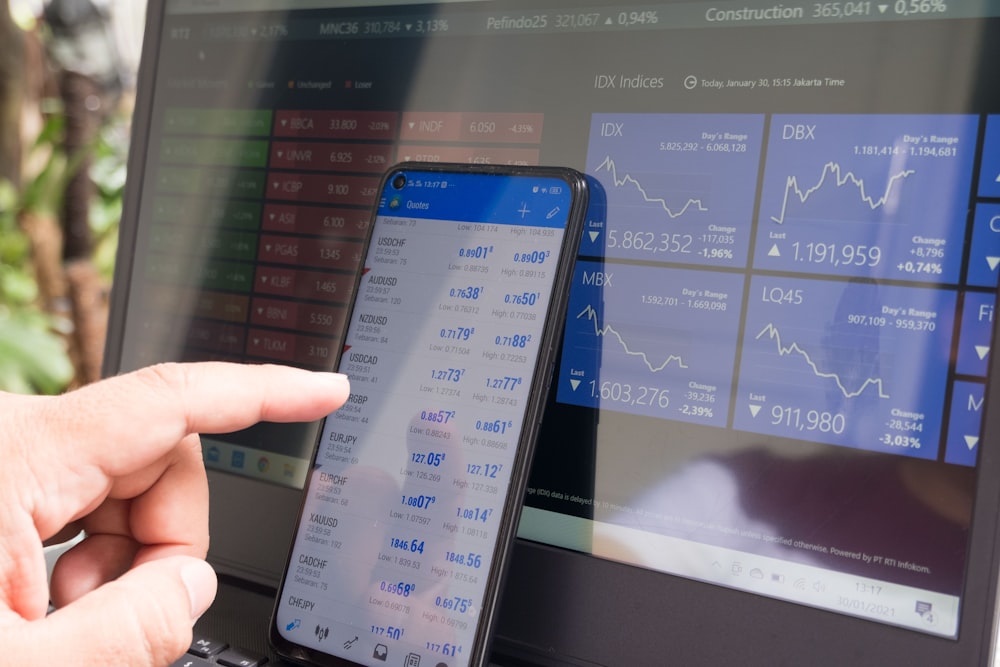Volatility, Correlation And Dispersion In The S&P 500 Top 20 Select Index
Image Source: Unsplash
The S&P 500® Top 20 Select Index series launched in August 2024 and is designed to measure the capped market-capitalization-weighted performance of the largest 20 companies, by float market cap, in the S&P 500. Previous blogs introduced the S&P 500 Top 20 Select Indices, covering their construction, objectives and historical performance. This installment examines the index’s volatility, correlation and dispersion to provide insight into its historical behavior relative to The 500™.
Slightly Higher Volatility
Exhibit 1 provides a calendar year breakdown of the S&P 500 Top 20 Select Index’s volatility compared to The 500. In several years, the Top 20 recorded slightly lower volatility than The 500—particularly during certain notable market events (e.g., the global financial crisis in 2008 and 2009). Conversely, during periods of elevated volatility for the S&P 500 Top 20 Select Index (e.g., 2020 and 2022), volatility closely tracked broader market moves, suggesting that these differences may be driven more by external market forces than by the index’s composition.
More broadly, over the past 10 years (2015-2024), the average annual volatility for the S&P 500 Top 20 Select Index was 18.5%, slightly above the broader S&P 500’s 16.2%. Over the recent five-year period, volatility remained modestly higher (22.5% versus 19.5%).
(Click on image to enlarge)

How Closely Do Mega-Cap Stocks Move in Sync?
The S&P 500 Top 20 Select Index comprises a smaller number of constituents than The 500. Historically, the performance of these mega-cap constituents has tended to move more closely together over time. On average, the index exhibited higher correlation among its constituents compared to the broader S&P 500 (see Exhibit 2).
(Click on image to enlarge)

How Varied Are Returns within the Index?
Dispersion measures how differently individual components perform compared to the average. Lower dispersion indicates more uniform performance across constituents, while higher dispersion suggests greater variability. Exhibit 3 illustrates that the S&P 500 Top 20 Select Index consistently showed lower dispersion compared to the broader S&P 500 over both 10-year and 5-year periods. This lower dispersion suggests that the individual performance of the index constituents typically differs less from the index average, indicating less variability in how these mega-cap constituents perform relative to the index average.
(Click on image to enlarge)

Conclusion
A closer look at volatility, correlation and dispersion reveals that the S&P 500 Top 20 Select Index has exhibited modest differences compared to the broader S&P 500. These include slightly higher average volatility and correlation, along with somewhat lower average dispersion over the past 5- and 10-year periods. Taken together, these metrics provide a historical view of how the index has behaved across different market environments.
More By This Author:
Bricks Of Transition
Navigating Uncertainty: The Defensive Attributes And Performance Drivers Of The S&P 500 Quality Index
Stock Pickers: Lights, Camera, Anticlimax?
The posts on this blog are opinions, not advice. Please read our Disclaimers.




